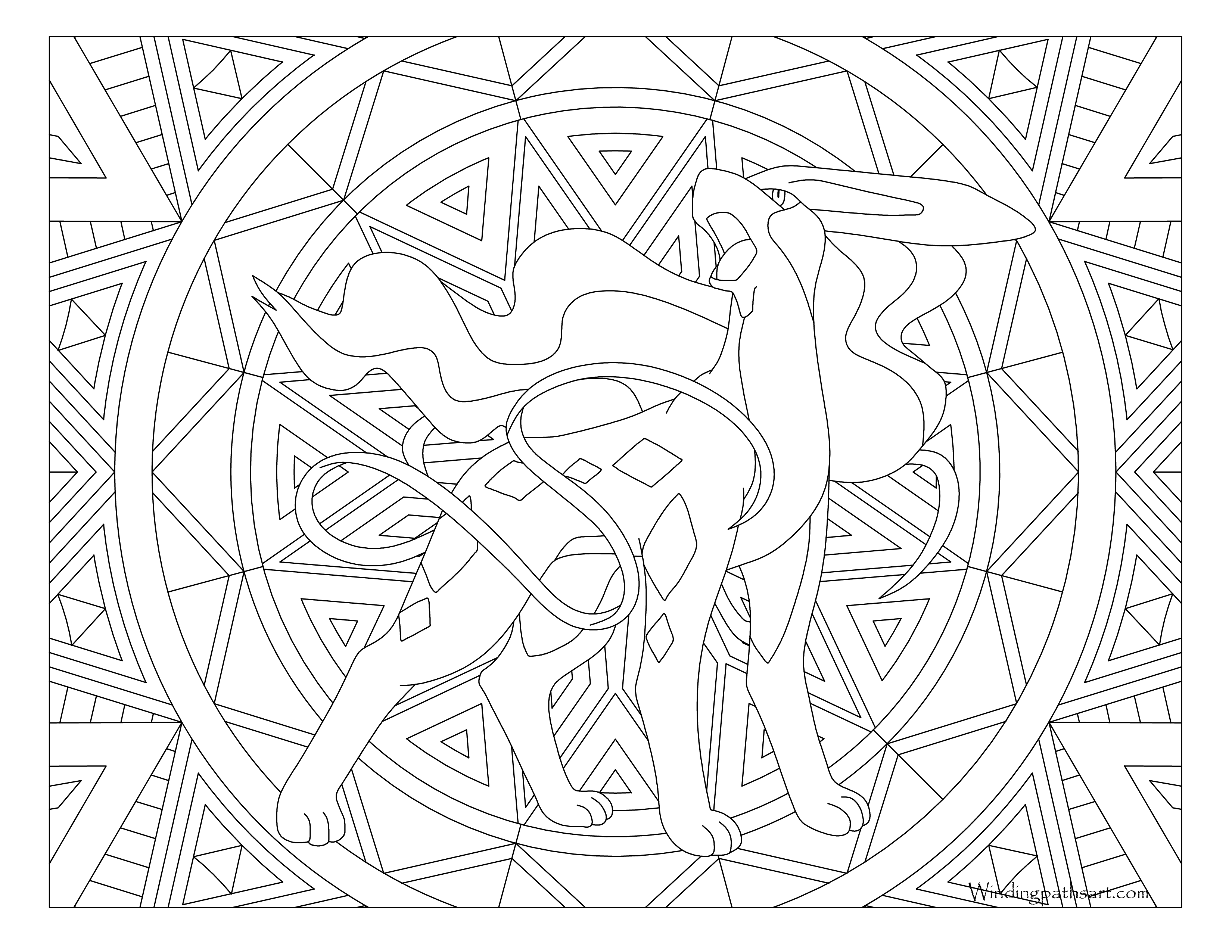Academics How to Track Articles to Read
How to Continue Track of Ideas You Read
Image source: Free-Photos on Pixabay
Did you lot know that the British Library is the largest library in the world with over 150 million items? 1
Interesting fact, right? But is it interesting plenty that you'll remember it five minutes from at present? What about 5 months?
Our minds accept a lot going on at any given time, and storing data in long-term memory requires a smashing bargain of repetition. Rarely volition you remember something right off the bat.
Then, when you're collecting lots of ideas and information for a research paper, you can't rely on memory alone. You need a system that will aid you recall information when writing your research paper later on.
Here are three methods forth with our recommendations for when to employ each one:
Marking upward the source itself
Many people make notes straight in the source itself. When reading books, yous can write comments on sticky notes, or, if you own the volume, you can underline or highlight important sections. Journal articles establish in databases tin can exist printed out, highlighted, and annotated.
While this method is quick and easy, it has some serious drawbacks. The data you lot've gathered is effectively embedded in your source textile, making it difficult to pull information technology out and compare and contrast ideas from one source with those from another. So, although the initial effort is minimal, you lot may be setting yourself up for difficulties long-term since you'll have to gather all your materials together and consult each ane individually when yous want to start writing. You'll also need to rely on your retentivity more heavily. This method is probably best reserved for course readings that yous need to have a full general sense of but don't need to know intimately or employ for a longer-term projection.
The index-carte method
Probable many of you learned this technique at school. While reading, you write each quotation or idea you lot call up might be relevant to your paper on an index card along with its source information and the folio numbers. Y'all can too include meta-information on the card such as a fundamental term that later helps you lot group similar ideas together. Afterwards on, yous place the index cards on the flooring and start making connections betwixt them. Since yous're seeing all your cards at once, you can easily juxtapose them in interesting ways, which tin can atomic number 82 to new insights. You tin then outset writing your paper by following the way you organized the cards on the floor.
While the blog writers over at Paperpile take summed upwards this method every bit "an analog tradition that falls flat in the digital world," I still come across some value to it, especially for beginning students writing shorter research papers. Seemingly "old-fashioned" methods such as writing down notes past hand instead of typing them have been shown to aid information retentiveness in a recent study. An ever-growing stack of cards is also a great visual cue for the ideas you've encountered. When you kickoff writing, you won't experience like y'all're starting from scratch since y'all tin really see and impact your information. Too, when you group your cards, it's easy to see at a glance which topic areas accept a lot of information and which don't.
1 other advantage is that the index-card method gets y'all into the habit of meticulously keeping track of information that is not your own and making sure that you take all the necessary information to cite information technology later on. If y'all are very deliberate with this method, you likely won't accidentally plagiarize any information.
Of class, there are many drawbacks as well. For some disciplines a quotation- or idea-based method only isn't very relevant one time you're at a higher level. For case, in the Life Sciences, papers are unremarkably cited as a whole, and it's rare to see straight quotations.
Even if you're in a text-focused bailiwick, the method still has the drawback of taking a lot of time. If you have a few ideas on a page that yous want to cite, it tin can have a good 20 minutes to transfer them to index cards by paw. So, while this method can work well for shorter research papers, it'south untenable for larger projects, such every bit a Chief's thesis or a PhD dissertation. With a project like that you might be able to fill up a whole room with your cards!
Another shortcoming is that saving quotations and ideas on paper isn't a great long-term storage solution. Once the project is over, how likely is it that y'all're going to shop your index cards for other projects? Even if y'all do, how would you find a piece of information once again if you only retrieve the writer or a keyword?
Software that can help
Recording quotations and your own thoughts in a software program is like the index cards method on steroids. At that place are a couple different programs available that allow y'all manage notes and ideas. With Scrivener, you lot tin can type in individual notes and and then easily movement them around. This makes writing a paper less linear than it typically would exist in Word or Writer. While Scrivener was originally designed for novel writing, it can also exist useful for writing research papers or a dissertation. Even so, 1 major caveat is that it doesn't have citation direction capabilities built in.
Zettelkasten is a program based on the Niklas Luhmann'southward famous Zettelkasten, which can be roughly translated equally "notation menu file". This plan lets you keep track of ideas and link them together. However, you lot cannot directly insert your saved ideas and their citations into Give-and-take when writing your paper.
Citavi is a programme based on the alphabetize-card method. You can relieve quotations, paraphrases, summaries, comments and your own ideas as noesis items. The plan makes this especially easy when working with PDF articles because yous can highlight text and save information technology as a straight quotation. You're and then prompted to add together additional elements that you would usually include on an index carte du jour, such equally folio numbers, the core argument (i.e. the main idea), categories, and keywords. All the commendation information you would usually accept to write out by paw on an index card is linked automatically to the cognition item.
Noesis items can and then exist arranged in Citavi's Cognition Organizer. In that location you tin compare ideas and move them into categories. This category system and all of the knowledge items with their corresponding citations can easily exist inserted in Word, which gives you a caput start on the writing procedure.
One final note: When deciding what software to use, consider your academic discipline. In the hard sciences yous might observe that a couple quick notes per source are plenty, since you just want to capture the main findings of a newspaper. In this case, if you lot're already using a reference direction program, you may exist able to make use of a tool you already accept, since most comprise a notes field for each source. However, if yous're in a field where y'all appoint heavily with the text or if you accept to keep track of many ideas or pieces of information, a program like Scrivener, Zettelkasten, or Citavi could be just the ticket.
What methods do you find most effective for keeping runway of ideas yous read? Please share them with us on our Facebook page!
[1] Wight, C. (2018). Facts and figures. Retrieved from https://www.bl.uk/aboutus/quickinfo/facts/
Academics How to Track Articles to Read
Source: https://www.citavi.com/en/planned-accidents/articles/how-to-keep-track-of-ideas-you-read




